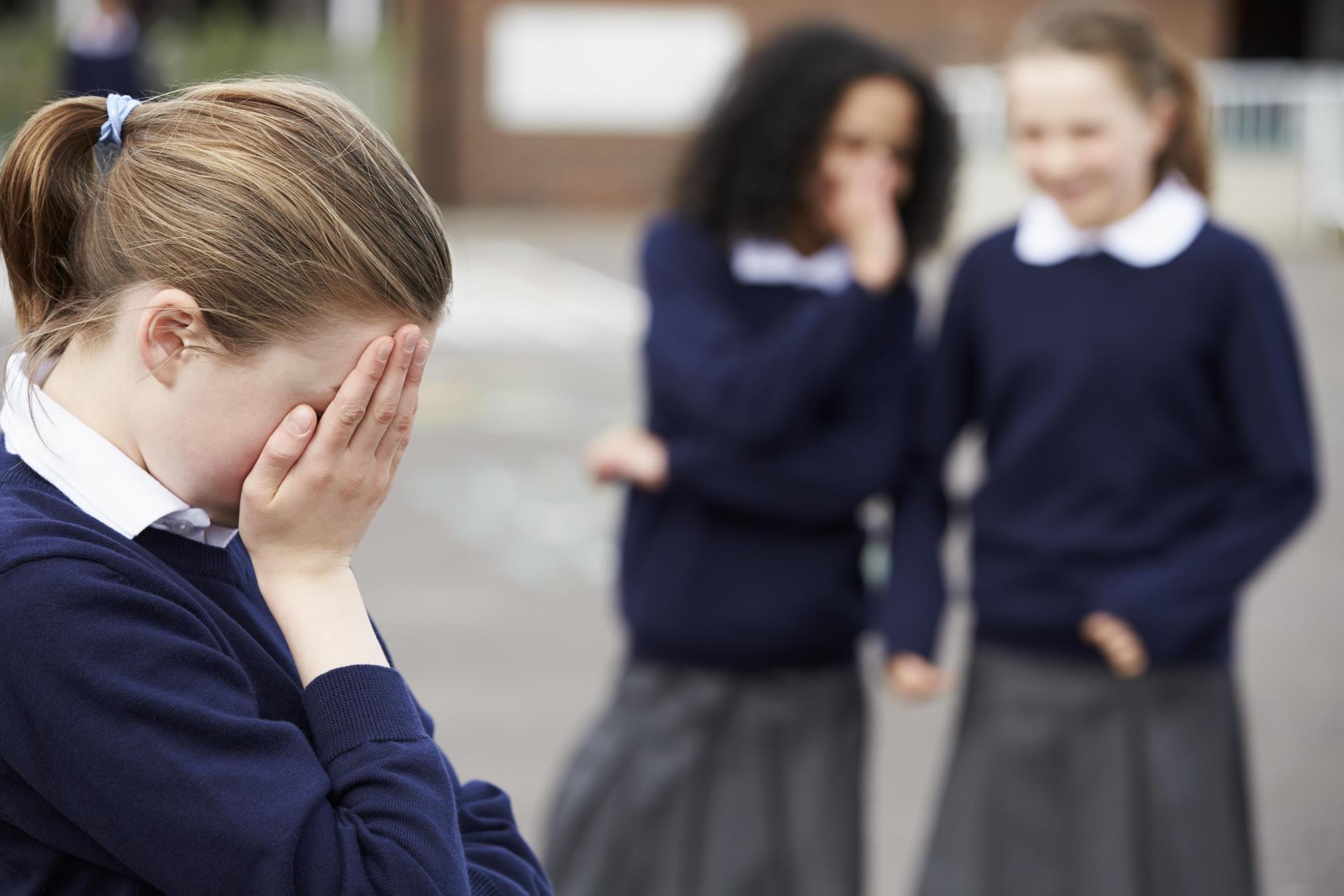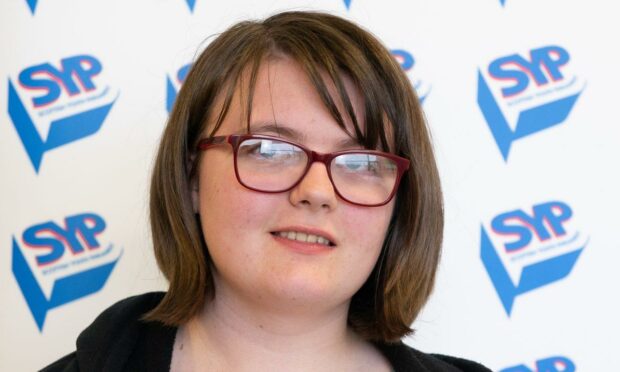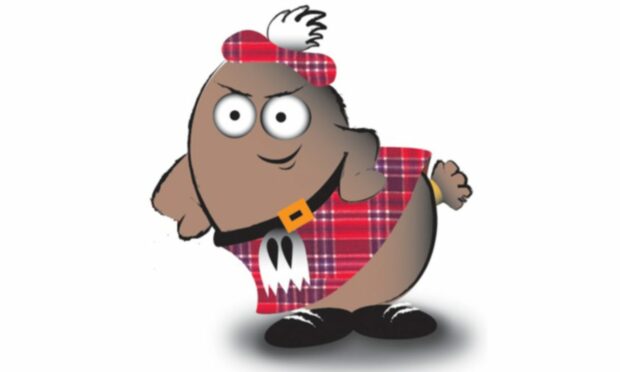An Aberdeen woman has spoken of her experience with sight loss, hoping to encourage others to share their stories.
Eye-related health conditions are typically associated with older generations, meaning younger people can be left “isolated” from the conversation.
This weekend the Royal National Institute of Blind People (RNIB) Scotland is relaunching its award-winning youth forum, Haggeye, hoping to break down these barriers.
The scheme, which was set up in 2007, has been on hiatus for the last 18 months because of the Covid pandemic.
Eilidh’s story
One of its members, Eilidh Morrison, has shared her story to highlight how difficult life with a sight loss condition can be for young people.
The 20-year-old from Aberdeen has retinitis pigmentosa (RP), which causes vision to progressively deteriorate, and ocular motor apraxia (OMA), which limits her ability to move her eyes.
Eilidh describes herself as having “tunnel vision” and can only see 3% in the middle of her eye.
She is also unable to “scan left to right” which means reading and writing can be especially challenging.
‘I didn’t really have friends.’
Though struggling with severe sight loss was a challenge in itself as Eilidh grew up, she was also suffering socially.
“From Primary 1 to 3, I didn’t really have friends,” she said.
“You don’t expect five-year-olds to have friends immediately, but I also didn’t walk until I was seven and people made fun of me for that as well as my visual impairment.”

Thankfully life started to improve in Primary 4 when Eilidh moved to a school for visually impaired children.
She explained: “There were other young people who I could talk and relate to.”
Her move to secondary school was just “OK”, however, as the support she had in primary did not carry over.
Her braille lessens decreased from daily to twice a week and, during some of her exams, she was not given the tactile diagrams she needed to answer questions.
“I didn’t have all the resources I needed,” she said.
“On one occasional I was left sitting for first 30 minutes of the exam without the equipment I needed, which was very stressful.”
‘It’s important that we work together’
Now, Eilidh is at the forefront of Haggeye, a forum for people aged 16-27 with sight loss who feel isolated or are lacking in confidence.
“A lot of those who are blind and partially sighted might not know others with sight loss,” she said.
“Haggeye allows people to come together and find out they aren’t alone.
“Its members make friends, share their passions and can talk about their experiences.”
She hopes that sharing her experiences will encourage others to come forward and, by working together, they can make things better for generations to come.
Eilidh added: “I think a lot of blind and visual impaired people don’t leave school with the grades they want.
“Education is a massive area to change all at once, but if we break it down and tackle it an issue at a time we can make a difference.”


